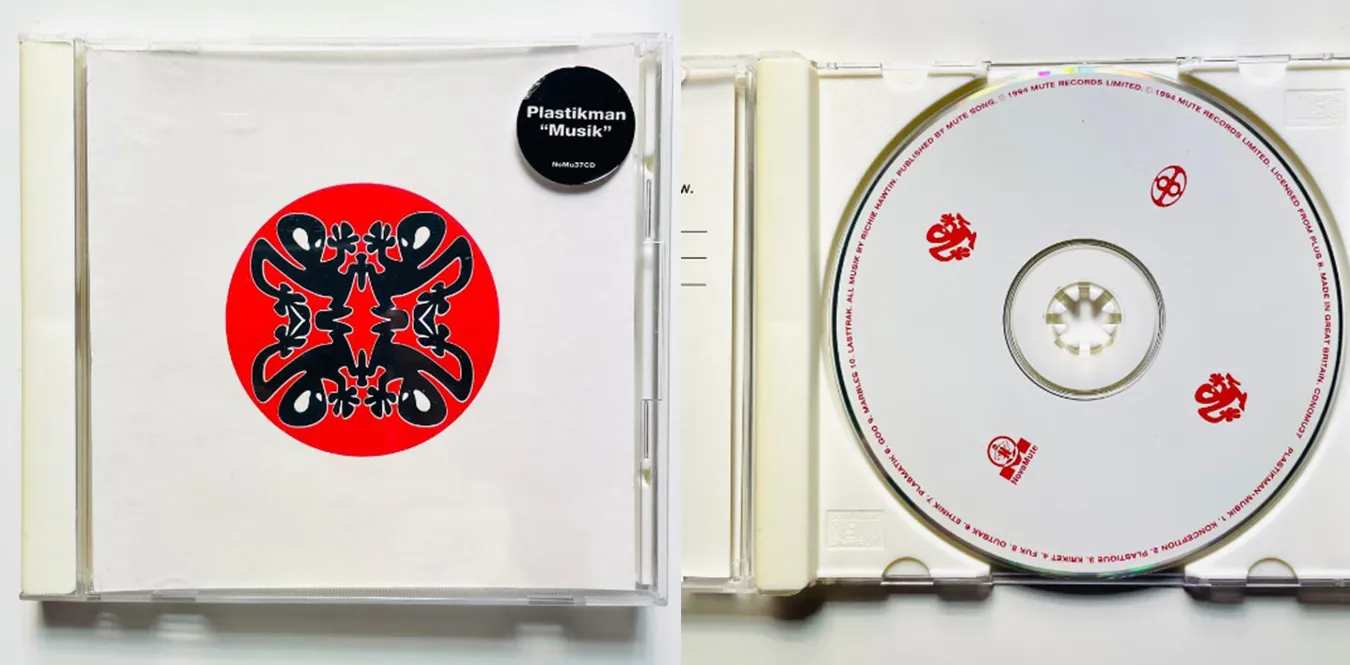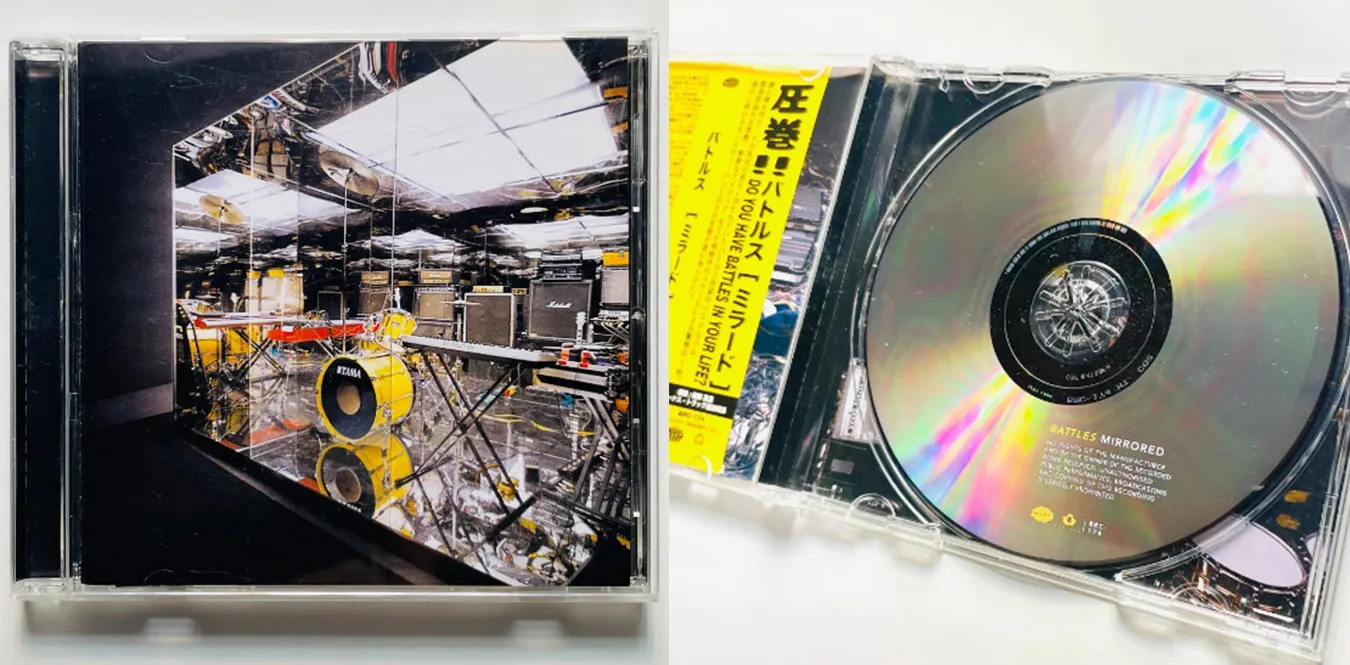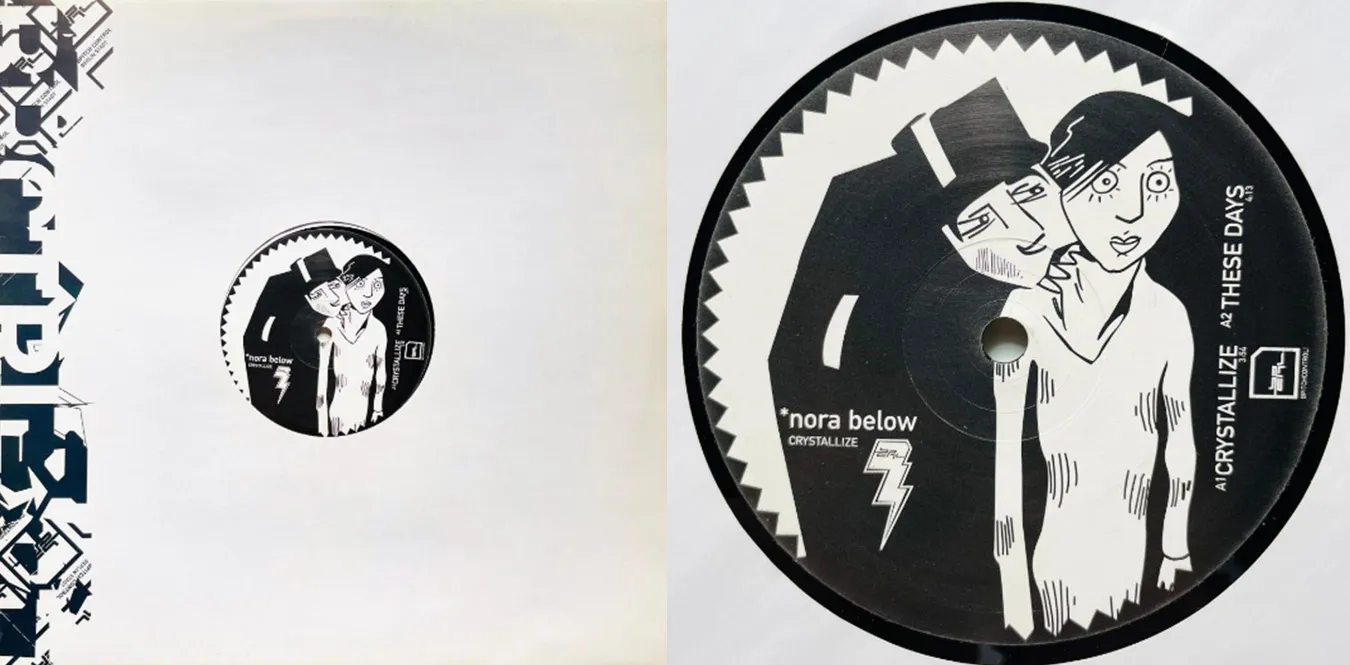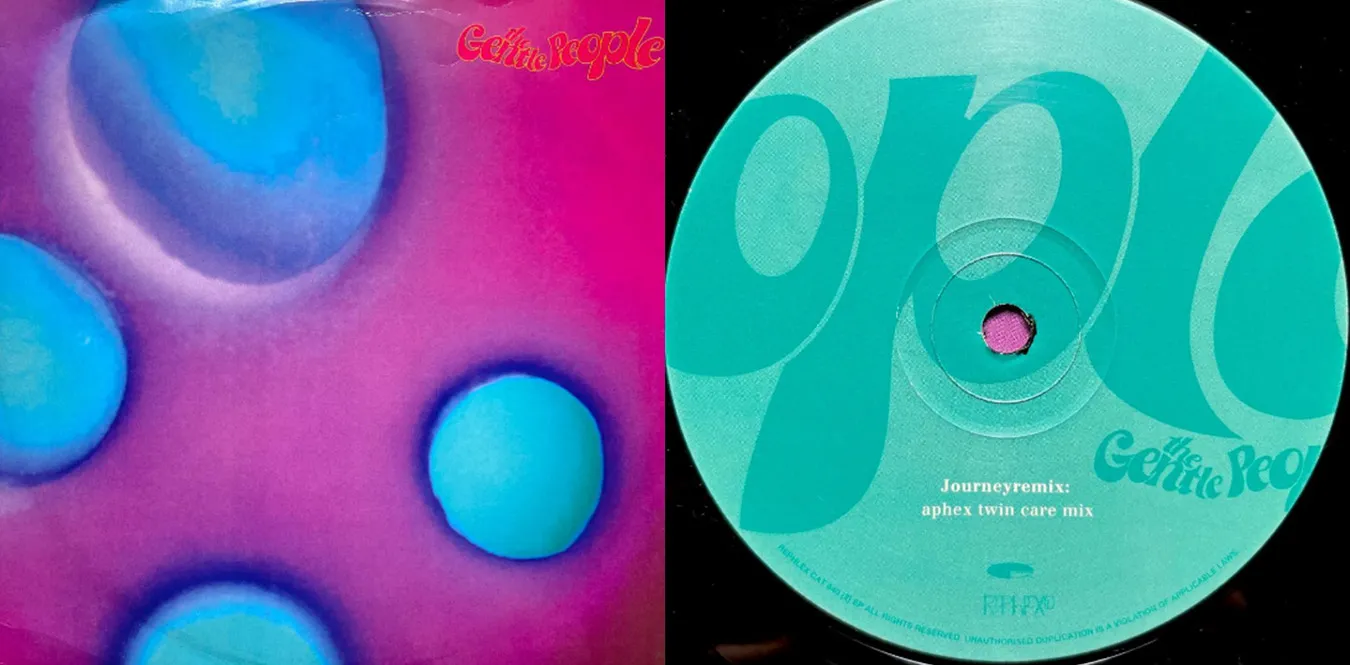[Column] Ben Frost and acoustic architecture: Between noise and structure
Column en 00s Ambient Experimental Noise![[Column] Ben Frost and acoustic architecture: Between noise and structure](/../assets/images/column-ben-frost.webp)
Ben Frost and Acoustic Architecture - Frequency Violence
| Text: mmr | Theme: Redefining the sublime in the digital age by Ben Frost |
When many listeners hear Ben Frost’s music for the first time, the first thing they notice is not volume, but density. It’s not just a loud noise. Sound expands the space itself, compresses it, and exists as if to take away its breath.
For Frost, who is originally from Australia and lives in Iceland, sound is a physical phenomenon and a form of violence. It is constructed as an architectural and tactile experience that goes beyond melody and rhythm.
“Sound is a sculpture of air, a pressure acting on the body,” he says.
The silence of Iceland and the roughness of Australia
His work has a coexistence of Icelandic tranquility and Australian wilderness. In a quiet landscape on the outskirts of Reykjavik, he creates excessive distortion and deep bass.
In collaboration with Bedroom Community’s Valgeir Sigurðsson and Nico Muhly, It created a tense tension between classical structure and electronic destruction.
2009’s ““By the Throat’’ is a truly symbolic work. Here, sounds growl, breathe, and attack like beasts. Field recordings of wolf howls, breathing sounds, and low-frequency growls. These are not environmental sounds, but are organized as “attacking sounds.”
Sound as a weapon, sound as a ritual
When discussing Frost’s acoustic philosophy, one cannot ignore the perspective of ““weaponizing sound.’’ He uses sub-bass and distortion to precisely design sonic violence.
Through collaboration with Hildur Guðnadóttir, Tim Hecker and others, We explored how sound crosses the boundary between “pain” and “pleasure.”
In his works, the listener’s body becomes a “resonator”. The abdominal cavity, skin, and bones listen, not the ears. Sound surrounds the listener like air pressure that fills a space.
It’s more of a ritual than music. There comes a moment when a series of sounds expands consciousness and transforms reality.
The battlefield of the studio
Ben Frost’s production environment is more like a battlefield than just a recording studio. A plethora of modular synths, modified mics, and over-the-top compressors. Instead of “recording” the sound, you grasp it as if you were punching it.
He doesn’t reject chance, but at the same time says, “Every frequency has a reason for its existence.” Noise and distortion are not useless.
Field-recorded wind sounds and vibrations, When it begins to take on an architectural structure through electronic processing, It turns into Sound Architecture.
Cinematic Turn: Score for Shadows
Since the 2010s, Frost’s activities have expanded into film and drama music. Scores such as ““Fortitude”, ““Dark”, and ““Raised by Wolves’’ are Rather than being a sound to incite fear, it functions as a sound that shapes the space of the story itself.
There is almost no melody in his scores. What exists instead is the ““pressure” of space and the ““duration” of breathing. Ben Frost acts as a “sound architect” in the video.
The bass that echoes in the darkness is like the heartbeat of the city, It evokes the “memory of silence” that humans have lost in civilization.
Explosion of light: A U R O R A and the criticality of sound
A U R O R A, released in 2014, was a watershed moment in Ben Frost’s career. With this work, he abandoned his previous “acoustic + electronic sound” approach, I built a world almost entirely with electronic sound particles.
The drum set and guitar disappeared, replaced by pulses flashing at the speed of light Fragments of metallic noise depict a cosmic space. Steve Albini’s mix is surprisingly dry; The reverberation of the sound is removed to visualize the “oxygen-free acoustics” that Frost intended.
“A U R O R A” is based on my experience in Congo, Africa. It was inspired by extreme physical conditions such as sunlight, heat, and the instability of electricity. It is the violence of light, the construction of sound by photons.
After this album, his sound became more and more architectural and inorganic. At the same time, it began to pulse like a living organism. A U R O R A can be said to be a work that truly captures the moment when sound becomes light.
Bodies, Machines, and Sacredness
For live performances, Frost keeps lighting to a minimum; Transform the stage into a ritual space of light and noise.
Extreme sound pressure, low frequency undulations, white light. They numb the audience’s senses and turn them into a sacred experience.
The structure resembles a Laibach, a Swans, or even a religious ceremony. “The calm that lies beyond excess”—— Frost finds a kind of relief in that.
The collapse of time and the digital abyss
In recent years, Frost has been using AI composition and real-time processing to He is interested in the “uncontrollable autonomy of sound.”
The sound leaves his hands and changes in a self-generated manner. Tarkovsky and William Gibson-like vision of the future. There is a poetics of decayed technology and reverberation.
Frost’s sound attempts to redefine the sublime in the digital age. It’s like an architect trying to maintain a structure without fear of collapse.
Toward a new acoustic ecosystem
Ultimately, Ben Frost isn’t looking at the boundary between nature and man-made. Rather, it is a ““new ecosystem’’ that will be born in the interim.
Electronic sounds do not imitate nature, but become the language of nature itself. Noise is not destruction, but the voice of the environment.
He says:
“The act of listening is a sense of survival.”
Sound is no longer entertainment or art. It is a ““physiological tool’’ that allows humans to reconnect with the world.
Discography: Works as an acoustic map
| Year | Title | Main features | Links |
|---|---|---|---|
| 2003 | Steel Wound | Experiment with subtle acoustics using delicate environmental sounds and guitar | Amazon |
| 2007 | Theory of Machines | Accelerationist fusion of minimal structure and noise | Amazon |
| 2009 | By the Throat | Critical point of animal sounds and violent textures | Amazon |
| 2014 | A U R O R A | Explosion of light and vibration, first transfer to Warp | Amazon |
| 2017 | The Center Cannot Hold | Analog density recorded by Steve Albini | Amazon |
| 2017–2020 | Dark: Cycle I–III (OST) | Netflix drama music, building bass and silence | Amazon |
Silence left behind
Ben Frost has fallen back into silence in recent years. In a place close to the Arctic Circle, we recorded the sound of ice, the shivering of wind, and the echoes of snow. He is reconsidering the “limits” of sound.
What is sound? What is noise? And is silence really the opposite?
In the end, what Frost shows is not the “silence” at the end of the sound; A new sound lurking in the silence.
“The limit of sound is not noise. It is silence.”
Ben Frost Main Chronology
Ben Frost Official Link
Related columns
🔗 [Column] Bay Area Noise/Experimental Music Scene — 50 years of destruction and resonance
🔗 [Column] The trajectory of Japanese underground rock and noise from the 90s to 2000s
🔗 [Column] History and masterpieces of Experimental Music: From its origins to the present
🔗 [Column] High brands and noise music — the intersection of luxury and radical acoustics

![[Column] Zeni Geva – 30 years of history as the pinnacle of Japanese experimental noise rock](/../assets/images/column-zeni-geva.webp)
![[Column] MERZBOW ── Noise, the liberating acoustics](/../assets/images/column-merzbow.webp)



![[Column] Glitch: When noise turns into beauty](/../assets/images/column-glitch.webp)
![[Column] Noise Desert: From the 2000s Texas Scene to the Present](/../assets/images/column-texas-noise.webp)
![[Column] Bay Area Noise/Experimental Music Scene — 50 Years of Destruction and Resonance](/../assets/images/column-bay-area-san-francisco-nose.webp)
![[Column] High brands and noise music — the intersection of luxury and radical acoustics](/../assets/images/column-high-brands-noise-music.webp)
![[Column] The trajectory of Japanese underground rock and noise from the 90s to the 2000s](/../assets/images/column-japanese-underground-rock-noise.webp)

